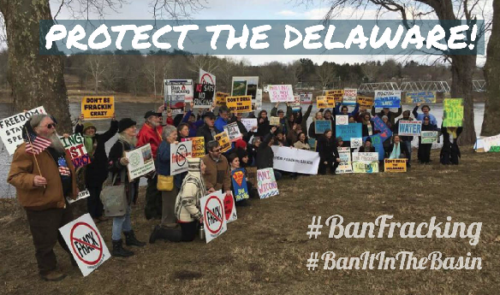'Caught up in their own hype'
November 11, 2013Frackers Caught Up In Their Own Hype
November 12, 2013What other industry can get away with wasting 29% of product? To say nothing of the damage with respect to global warming. That 29% of product that is flared is the oil and gas industry average in North Dakota, as discussed in a recent article in the Chicago Tribune. This wastefulness of the product when it gets to the surface is only a fraction of the inherent wastefulness of the hydraulic fracturing processes. Professor Anthony Ingraffea, Ph.D., P.E. and the Dwight C. Baum Professor of Engineering and Weiss Presidential Teaching Fellow at Cornell University, has supplied us comments pointing out the total wastefulness using, “what the industry tells themselves”… and according to New York State law wastefulness of this sort goes against the “public interest.” Additionally, their version of “transparency” is only a profit-based judgment and has nothing to do with accountability or even truthfulness, only what is seen at the moment as better for profits.
In answer to the question,”What other industry can get away with wasting 29% of product?” Professor Ingraffea responded:
” …and [what about] leaving about 90% of the product underground and lost forever:
‘ The recovery efficiency for the five major [shale gas] plays averages 6.5% and
ranges from 4.7% to 10% …this contrasts significantly with recovery efficiencies
of 75-80% for conventional gas fields..’
–Rafael Sandrea, “EVALUATING PRODUCTION POTENTIAL OF MATURE US OIL, GAS SHALE PLAYS”, IPC
Petroleum Consultants, 12/03/2012, http://www.ogj.com/articles/print/vol-110/issue-12/exploration-development/evaluating-production-potential-of-mature-us-oil.html.
Compare this performance to the NYS ECL 23 objectives:
Oil, Gas and Solution Mining Law Declaration of Policy – ECL Article 23
It is hereby declared to be in the public interest:
- to regulate the development, production and utilization of natural resources of oil and gas in this state in such a manner as will prevent waste;
- to authorize and to provide for the operation and development of oil and gas properties in such a manner that
- a greater ultimate recovery of oil and gas may be had, and
- that the correlative rights of all owners and the rights of all persons including landowners and the general public may be fully protected”
Analysis: Telling secrets to stop burning natural gas in U.S. fracking boom
Ernest Scheyder Reuters
6:07 a.m. CST, November 11, 2013NEW YORK (Reuters) – The North American energy industry’s reputation for ironclad secrecy is starting to crack as producers discover a little transparency can help save millions of dollars.
That is what is motivating Continental Resources Inc, the biggest player in North Dakota’s prolific Bakken shale field, to take the unusual step of sharing its long-term drilling plans with pipeline companies.
The company, led by the legendary wildcatter Harold Hamm, hopes the disclosures will speed up the routing of new pipelines that connect to its fields and ultimately reduce the controversial practice known as flaring – the wasteful burning of extracted natural gas that can’t be delivered to processing plants.
Flaring has increased over the last five years as hydraulic fracturing, the process known as fracking, and other technologies revolutionize the U.S. energy industry – with new oil and gas wells popping up beyond the reach of pipeline networks.
While producers can pour crude oil into a tank immediately after it comes out of the ground, they must pipe natural gas to a facility for compression and cooling. If there are no pipes, it must be flared.
For instance, energy companies are spending millions of dollars on new oil and natural gas wells in Montana, Wyoming and North Dakota, yet those states lack adequate pipeline networks. The historically low price of natural gas also discourages some companies from building out pipe networks.
Consequently, natural gas worth more than $100 million is lost – or flared – each month just in North Dakota, where so many wells are topped by what look like burning torches they can be seen at night from space.



